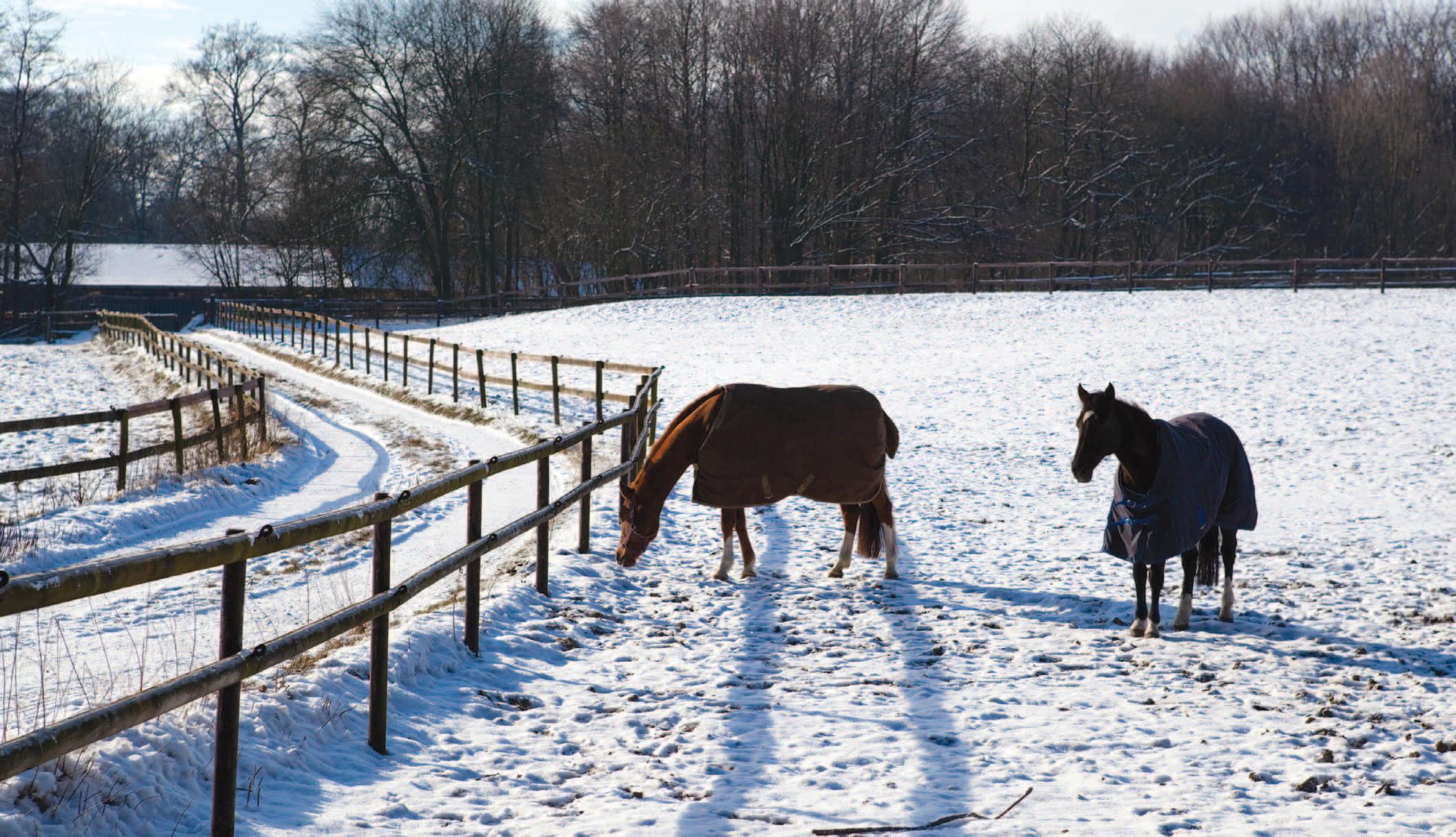
7 minute read
Equine Athlete
Under cover
How to determine if horses need to be blanketed
By Gwen Rizzo
Atrip out to the barn on a cold winter day may leave you wishing you had thrown on your warm boots or taken along a set of gloves. When you return to the warmth of your home, the redness on the tips of your nose and ears will eventually fade, but how do your horses tolerate such cold?
Horses generally adapt to the cold as the temperatures gradually drop in the fall, growing a thick fur coat by the time the cold weather sets in. In most cases, this coat will act as insulation, fluffing up to trap body heat and keep them warm even in the harshest temperatures.
However, not all horses are created equal, and there are several factors to consider when determining if your horses need a little more protection from the weather.
Many players purchase horses from other states or even other countries. In Argentina, where many polo ponies are purchased, the seasons are opposite of ours. If you are lucky enough to go to Argentina and cannot resist bringing home a four-legged souvenir, you will have to make accommodations for that horse once it arrives. December is the start of summer in Argentina, so the horse likely will have a very short coat. Even if it will be living in warm states like Florida or Southern California, the horse may need to be blanketed. If it will live in a cold, Northern state, it will certainly need to be kept blanketed throughout the winter.
Even in warmer climates, temperatures sometimes fluctuate by 30 or more degrees in a day. Even horses that live there year-round cannot adjust that quickly. They may need an extra layer of protection to keep them warm during a cold spell.
The type of cold should also be considered. The more wind involved, the colder it will feel. Moisture flattens out the horse’s coat, allowing heat to escape; so be sure to provide shelter for horses, allowing them to stay dry. Snow, on the other hand, can act as an additional layer of insulation, as long as it is not wet snow.
Also consider how much time your horses spend in stalls and in what type of barn they are kept. An enclosed barn, filled with plenty of warm bodies, is certainly
warmer than an open field. When the horse goes outside, it will need an extra layer for warmth.
Horses that are kept fit and played during the winter months are often body clipped. These horses will most definitely need some extra layer of protection to stay warm when the temperatures drop. If your horses live in colder temperatures, it is advisable to only partially clip them, minimizing sweating so they can cool off quickly after playing, but still staying warm the rest of the time.
There are many different clipping styles, including a full clip, when the entire coat is removed; a hunter clip, when the hair on the legs is left, along with the hair beneath where the saddle is placed; a blanket clip, which is similar to a hunter clip, except the area beneath the saddle is extended back to the horse’s rump; and a trace clip, which removes the hair from the bottom half of the body, but the hair on the legs and top half of the body—extending from the rump all the way up to the neck and head—is kept intact.
Horses’ weight also comes into play when determining if they will need blanketing. Fat offers added insulation to keep them warm. Horses that have difficulty maintaining weight may need an added layer of protection. Heavy coats sometimes make it difficult to see if a horse is thin, so it is important to run your hands over the horse on a regular basis to keep track of its weight.
Horses that are cold will shiver as a natural way to produce body heat, but will also burn fat. If they are too cold, they may not want to move around much, or may not even want to eat or drink. These are all causes for concern, since the horse’s delicate digestive system works best when the horse keeps moving, eats regularly and drinks plenty of water. Keeping horses comfortable and ensuring they are getting plenty of food and water will help prevent colic.
After considering to what type of weather your horses are accustomed, how much fat they have, if they mostly live indoors or out and how thick their coats are, you may determine your horses need some blanketing. If so, you will then need to decide how heavy a blanket to get. It is best to have blankets of a few different thicknesses on hand so you can adjust to different needs. If necessary, you may also layer.
Follow manufacturing guidelines when determining blanket fit. Blankets should neither be too big or too tight, the latter of which will inhibit movement. Adjust blankets specifically to each horse and check blanketed horses at least twice a day to be sure the blankets have not shifted. Keep in mind, the added moisture from sweating can cause horses to get chilled, so do not leave blankets on without monitoring changing temperatures. •
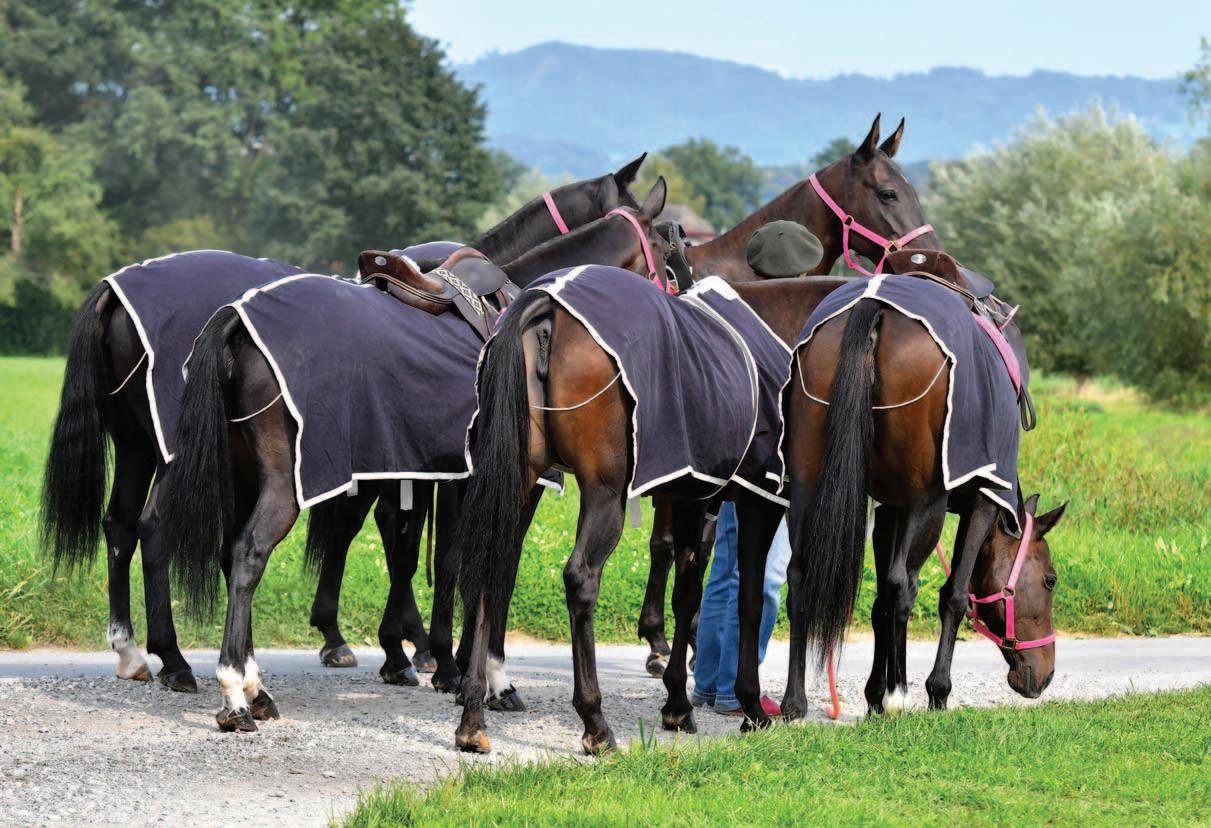
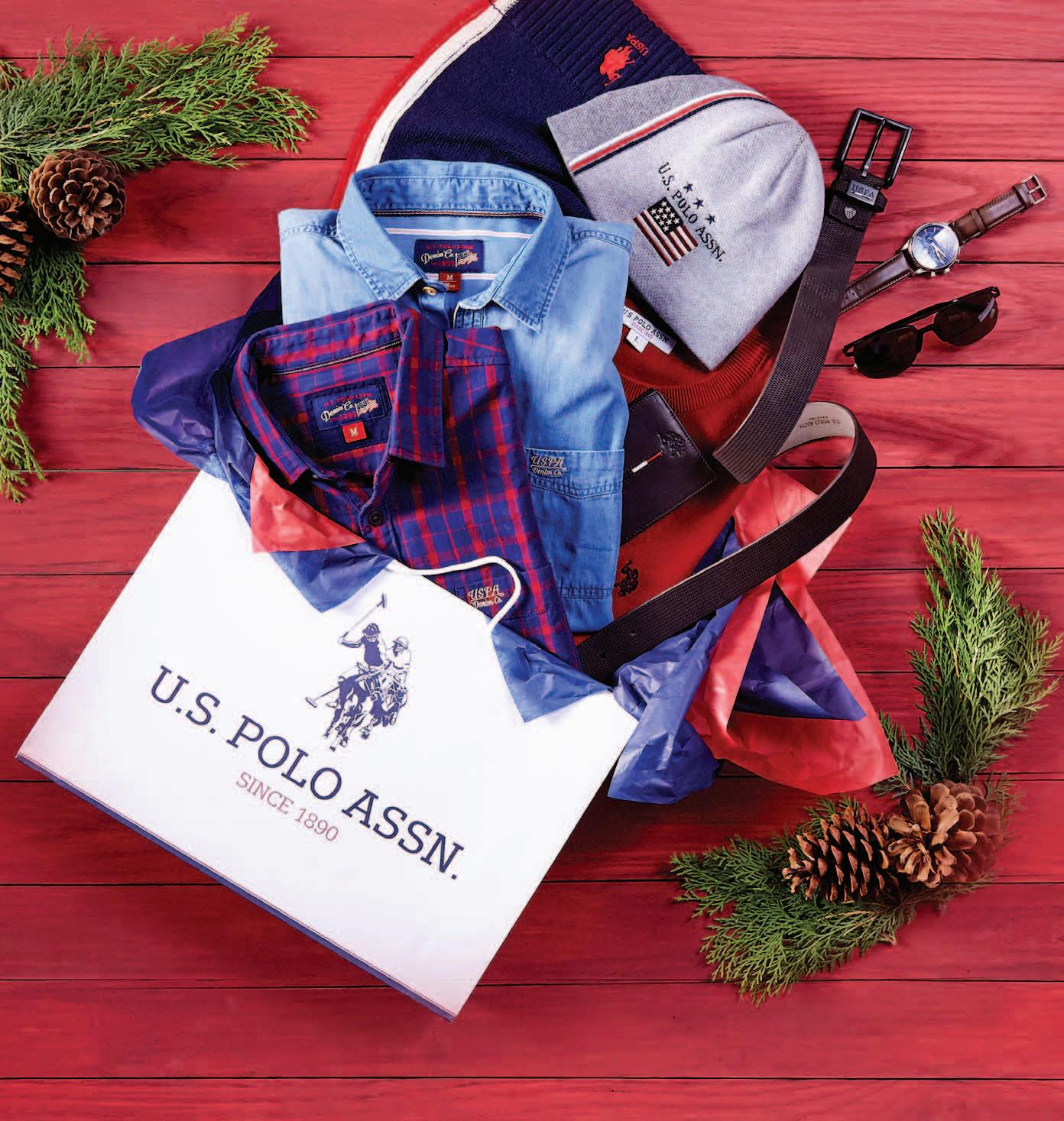
NEWS • NOTES • TRENDS • QUOTES NEWS • NOTES • TRENDS • QUOTES
HEAD RIDE TO THRIVE Subhead Match raises funds for therapeutic riding program
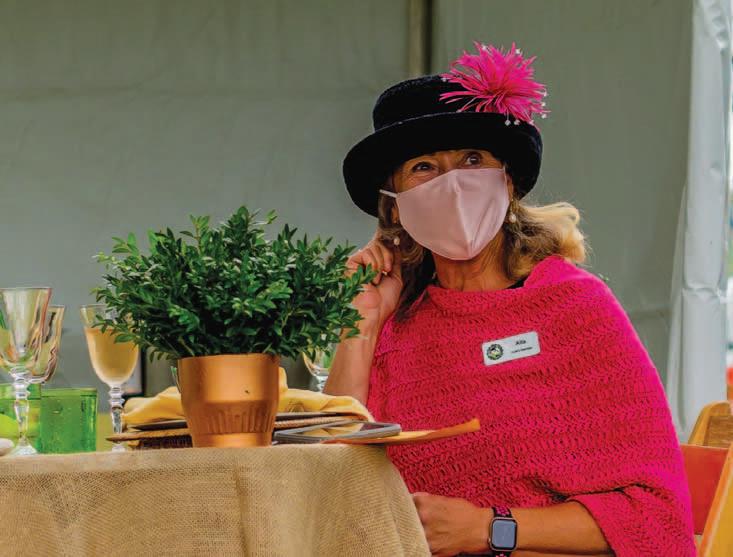
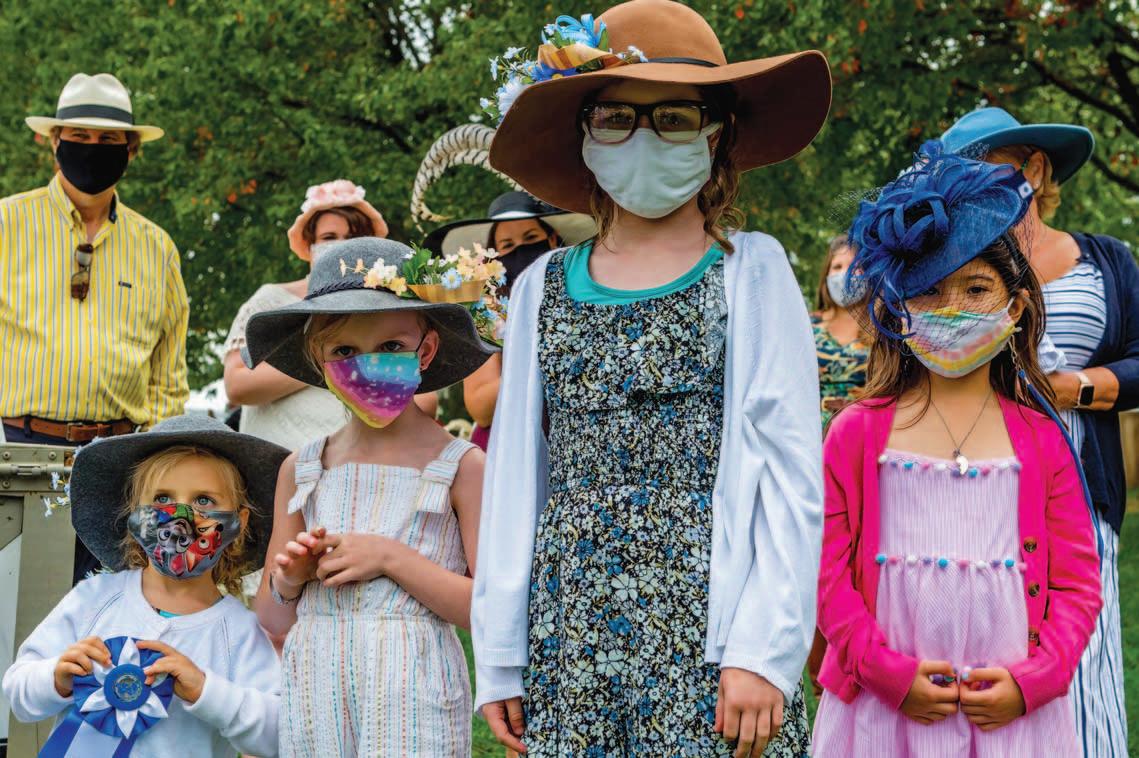
THE NORTHERN VIRGINIA THERAPEUTIC riding program held its 14th Annual Ride to Thrive Polo Classic on Sept. 26 at Great Meadow Polo Club in The Plains, Virginia. The event was a huge success, raising more than $156,000 to support program operations.
In order to comply with all safety standards and protocols for a safe, in-person fundraiser in light of COVID-19, this year’s event had to be completely reformatted and re-imagined to create a safe atmosphere. Attendance was limited to less than 200 guests, individual tents were limited to 10 guests and had a private space to allow for social distancing, the bar area was self-serve, boxed meals were served in place of plated meals and the number of restroom facilities were increased. Guests were treated to a beautiful afternoon of polo, food and drinks. Aside from polo, guests enjoyed music by Sweet Something Jazz and the Color Guard of St. Andrew’s Society of Washington, D.C. (accompanied by NVTRP military riders and NVTRP therapeutic riding clients) participating in a halftime quadrille—a choreographed drill pattern set to Katy Perry’s hit song, “Roar.” The event was co-chaired by Will Thomas, NVTRP board member and realtor, and Sherrie Beckstead of Lilijenquist & Beckstead Jewelers. Many individuals and local businesses donated approximately 160 items to this year’s live and online silent auctions, including trips, airline tickets, autographed sports memorabilia and more. Proceeds from the auctions totaled $58,000. In addition, Ric and Jean Edelman donated a successful $25,000 dollar-for-dollar match. The funds will help NVTRP provide equine-assisted activities to children and adults with disabilities, at-risk-youth and military service personnel and their families. Proceeds subsidize lessons and assist with general farm operations. Polo Classic sponsors included ITCON, AT&T, Gary Cubbage, The Peterson Family Foundation, Bentley, Alla and Barry Cline and Crescent City Charities.

SYDNEY SAWYER
WEDDING BELLS Two longtime polo families merge

PROFESSIONAL PLAYER Jesse Bray married longtime girlfriend Hayley Heatley in an intimate wedding ceremony at the historic Our Lady of Mount Carmel Church in Montecito, California, Oct. 1.
The couple, who met in 2013, had originally planned on a June wedding, however it was postponed due to COVID-19. Trying to schedule a wedding between the Santa Barbara, Argentine and winter polo seasons was challenging so they decided to just go for it.
After the ceremony, guests enjoyed a dinner at Klentner Ranch. Heatley called it the best day ever.



ANNA DELORES ANNA DELORES


Mia Bray, Graham Bray, Deborah. Bray, Jesse Bray, Hayley Heatley, Shelley Heatley, Lindsay Heatley and Phil Heatley










